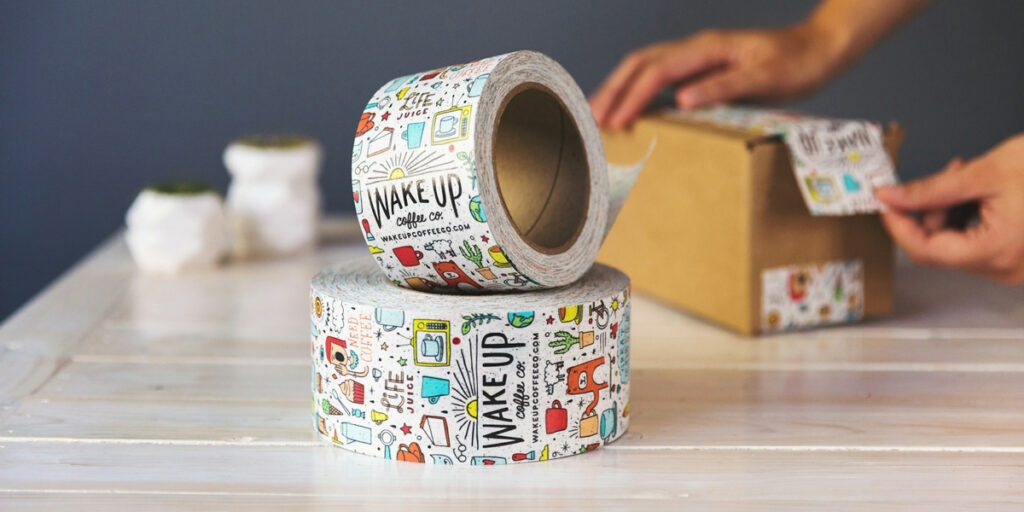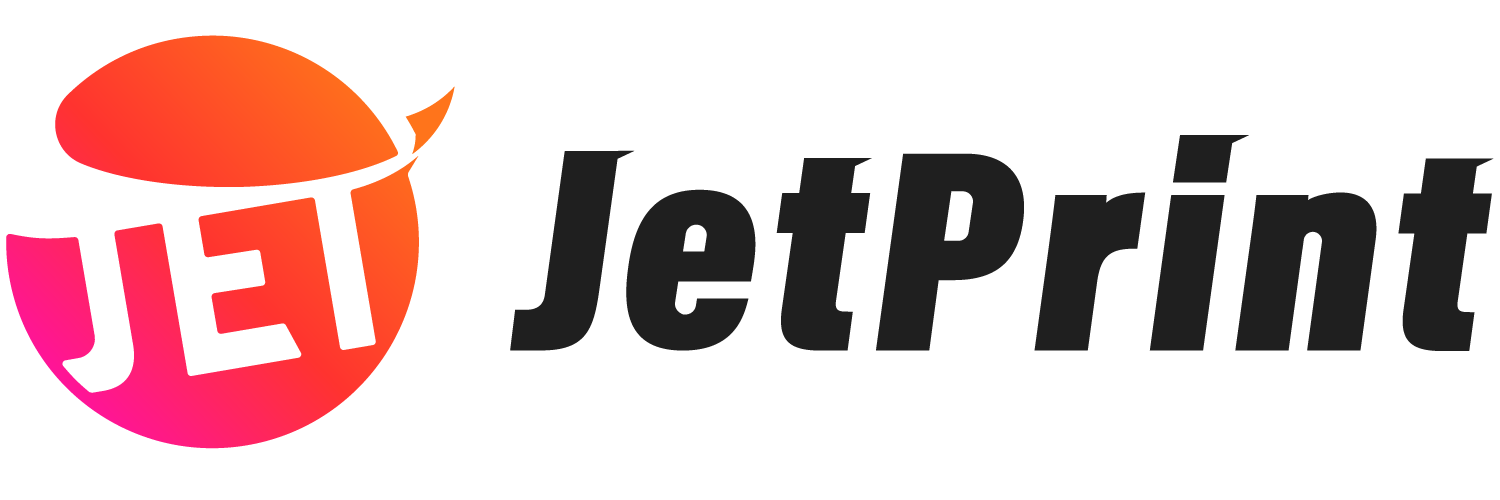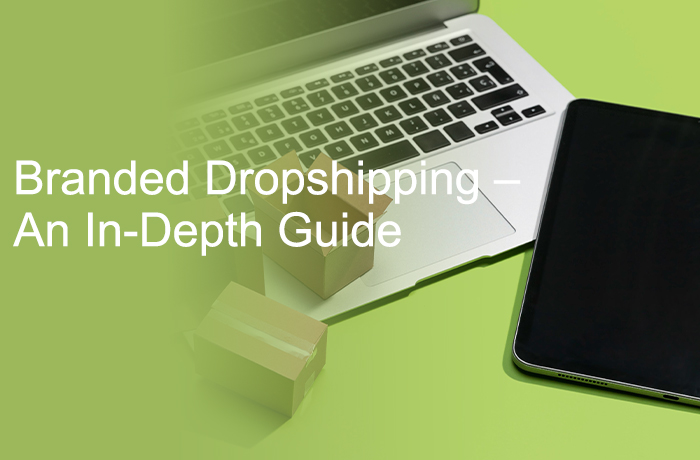While dropshipping offers a low barrier to entry, it also creates a competitive environment. Branded dropshipping is a strategy to set yourself apart from other sellers by no longer using the same products as everyone else.Branded dropshipping combines the convenience of traditional dropshipping with the power of personal branding, allowing entrepreneurs to sell products under their own name.This guide will explain what branded dropshipping is and how to begin your journey to building a strong, recognizable brand online.
What is branded dropshipping?
Branded dropshipping is a type of dropshipping that allows sellers to offer customized products aligned with their own brand, without holding any inventory.
The supplier responsible for producing the branded products takes care of both production and shipping directly to your customers. This frees you up to focus on creating a unique brand experience through elements like packaging, logos, and marketing.
By using branded dropshipping, your customers are more likely to remember your brand and website, helping to build a loyal customer base and drive long-term profit growth.
Why branded dropshipping?

Low startup costs
You avoid the risk of stockpiling unsold products because you don’t have to invest in inventory up front. There is no inventory pressure, and there is no need to be concerned about unsalable products as a result of backlogs. When a customer puts an order on your website and alerts the supplier that it is ready to ship, your product is delivered directly to your customer’s door, allowing you have “no products in the house”.
Flexibility and scalability
Dropshipping provides flexibility by eliminating the need to manage inventories or handle shipping operations. Branded dropshipping takes things a step further by allowing you to increase your product options, reach new markets, and build your business without the limitations of traditional inventory management. Branded dropshipping allows you to experiment with a wide range of products. Improves product uniqueness by tailoring your own brand to specific customer demands and preferences.
Time and location independence
The fundamentals of both branded dropshipping and dropshipping are the same. You can do business as a branded direct seller from anywhere in the world as long as you have a stable internet connection. Not restricted to a single office location.
Increased profit margins
Traditional dropshipping businesses compete primarily on price, resulting in reduced profit margins. Dropshipping sellers who sell the same products as you are easy to find. You can use branded dropshipping to position your product at a higher price point by leveraging the perceived value of your brand. This allows for higher profit margins and the possibility of long-term growth. Simultaneously, you may increase brand influence and develop customer loyalty to lower customer acquisition expenses.
How do I start a branded dropshipping business?
1. Choose your dropshipping niche
Whether you’re in the print-on-demand business or branded dropshipping, the first thing you need to identify is your niche.
A niche market is more than just a product category; it’s about knowing your audience, understanding their needs, and solving their problems. Choose something you’re passionate about because this is where the real challenge begins.
That’s right, determining your niche is the same as identifying your audience, which will make it easier for you to execute branded dropshipping later.
Related article: How to Find a Niche Market
2. Define your brand identity

Defining your brand identity in direct selling means creating a unique and memorable brand that connects with your target audience. Here’s a step-by-step guide to help you build a strong brand identity:
Brand name and logo
Choose a brand name that’s easy to remember, reflects your identity, and stands out in your niche. Your logo should be simple, visually appealing, and effective across platforms.
When designing your logo, consider the color, font, and style, as it will appear on your website, social media, packaging, and direct selling products, helping to build brand recognition.
Brand voice
Your brand is more than visuals—it’s about how customers perceive you throughout their experience, from browsing your site to receiving their order. Great customer service, personalized interactions, and fast, reliable shipping create a positive brand experience.
Your brand voice is therefore part of your brand identity. You need to determine the tone you use when communicating with your buyers (e.g., casual, professional, fun) and make sure it is consistent across all platforms.
Brand story
Whether it’s how you got started, your values, or your vision for the future, a genuine story helps build an emotional connection with customers. Don’t hesitate to share why you started your brand. These are the stories that resonate with customers and draw them to your brand.
By defining these elements, you can create a strong, cohesive brand identity that makes your direct selling business stand out in a competitive market.
3. Pick a dropshipping supplier
Finding reliable suppliers
As an branded dropshippinger, you lack a consistent supplier to support the store’s operation. You frequently spend a significant amount of time looking for suppliers, but the prices are much higher than you anticipated. Finding reliable suppliers is crucial for the success of your branded dropshipping business. Consider the following tips when sourcing suppliers:
Supplier reputation
Investigate and select a supplier with a reputable reputation in the business. You have the option of partnering with a print-on-demand company or a dropshipping service.
Related article: Best Print On Demand Companies
Product quality
Ensure that your suppliers produce high-quality products that adhere to your brand’s standards. You can assess the supplier’s product quality by ordering samples, or you can look for negative comments about product quality on the Internet.
Customization options
Check to see whether your suppliers are willing to personalize products using your brand characteristics. JetPrint provides a free sample generator that allows you to upload any design for your products.
Shipping and delivery
Confirm the shipping method, delivery schedule, and dependability of the source. Most suppliers have cooperative carriers who frequently provide global transportation services, however their shipping timeliness varies.
If you run a branded outlet store in the UK, you can use UK-based suppliers.
Communication and support
Choose a service provider who is responsive and provides outstanding customer care. Slow customer service responses frequently damage your attitude and reduce your work efficiency.
High-quality customer service may frequently solve problems quickly and put you in a pleasant mood for the rest of the day.
Pricing and margins
Examine the pricing structures and profit margins provided by various vendors. Prices frequently have a direct impact on your earnings, and the most prevalent pricing in the market is for goods, shipping, and planning fees.
4. Select your product line
Your product line is the lifeblood of your dropshipping business. Don’t just throw anything into your store; curate it carefully.
You should determine your product line based on your niche and what your suppliers can provide. For example, if your niche is pet accessories, choose items like pet tags, leashes, and water bottles.
You can also use free tools like Google Trends to find ideas, which can serve as inspiration for emerging products.
5. Choose a online platform for selling

When doing branded dropshipping, you have two e-commerce channels to choose from: e-commerce marketplaces and e-commerce platforms, both of which have their own pros and cons.
The most popular e-commerce marketplaces are Amazon and Etsy. Selling on these platforms allows you to optimize your listings to increase visibility to potential buyers, and you may receive orders without much effort. However, your brand identity may be diluted because your store lacks flexibility.
For e-commerce platforms, Shopify and WooCommerce are the top choices. With a dropshipping store built on these platforms, you can customize every aspect of your store to match your vision. However, since your store won’t have traffic, you’ll need to invest in marketing to attract customers.
Ultimately, your e-commerce channels should strengthen your brand, not weaken it. Consider platforms that offer customization, ease of use, and seamless supplier integration.
6. Add products to your dropshipping store
Adding products is more than just a mechanical process; it’s an art. Every product listing in your branded dropshipping business should feature a high-quality product description and high-quality images.
In the description, highlight how the product solves your audience’s problems or adds value to their lives, ensuring each product resonates with them.
To make your listing easier to find, include detailed product information that helps potential customers understand the product better and encourages them to make a purchase.
Related article: Etsy SEO
7. Market your dropshipping store
Without marketing, your branded dropshipping business won’t thrive. Social media, SEO, and content marketing are essential ways in your arsenal. Don’t hesitate to experiment, but always stay consistent with your brand’s voice. The goal is not just to drive traffic but to attract the right audience. Here are the key ways to market your branded dropshipping store:
Social media
Use platforms like Instagram, Facebook, and TikTok to share high-quality images or videos that showcase your products and boost visibility. You can also collaborate with influencers to quickly raise awareness among potential customers, though this typically requires a fee.
Content marketing
Write helpful blog posts related to your niche to attract organic traffic to your website. Your content could compare your products to competitors or provide valuable insights related to your niche. For instance, if you’re selling pet accessories, you could write articles about pet care tips, exercise, and more.
Paid advertising
Facebook ads and Google ads are two of the most popular advertising platforms. Facebook ads push your ads to targeted interest groups, while Google ads appear when potential customers are actively searching. Neither is inherently better—test both to see which drives more profit.Offer rewards
Create incentives like first-time buyer discounts, seasonal promotions, or limited-time offers to encourage purchases. Combine these promotions with email campaigns to maximize their effectiveness. Setting up automated marketing can also save you a lot of time.
Conclusion
Branded dropshipping presents a unique opportunity to grow a profitable e-commerce business through branding and customization.
JetPrint provides services like custom shoe boxes, custom greeting cards, and clothing labels. We offer a wide range of products, so you can find a niche that suits you with JetPrint.However, building a brand doesn’t happen overnight. You need to continuously improve your brand, adapt to market trends, and focus on delivering excellent customer service. With dedication and smart planning, your branded dropshipping business can thrive and achieve long-term success.
Branded dropshipping FAQs
Is it legal to dropship branded products?
Yes, branded dropshipping is legal. You can place your brand logo anywhere on your products. When designing your brand logo, make sure to avoid using one that resembles a copyrighted logo.
How much do branded dropshippers make?
There isn’t a specific answer to this question. Your earnings from branded dropshipping can vary based on factors like product positioning, marketing strategy, your designs, and more.
How is branded dropshipping different from regular dropshipping?
In regular dropshipping, the supplier ships generic, non-branded products directly to customers. In branded dropshipping, the seller can add custom branding, logos, or unique packaging, which helps build brand recognition and loyalty.
How do I find suppliers for branded dropshipping?
Look for suppliers that offer custom branding services. Many platforms, such as the Shopify app store or Alibaba, provide branded product options, or you can work directly with a print-on-demand company like JetPrint.


0 Comments